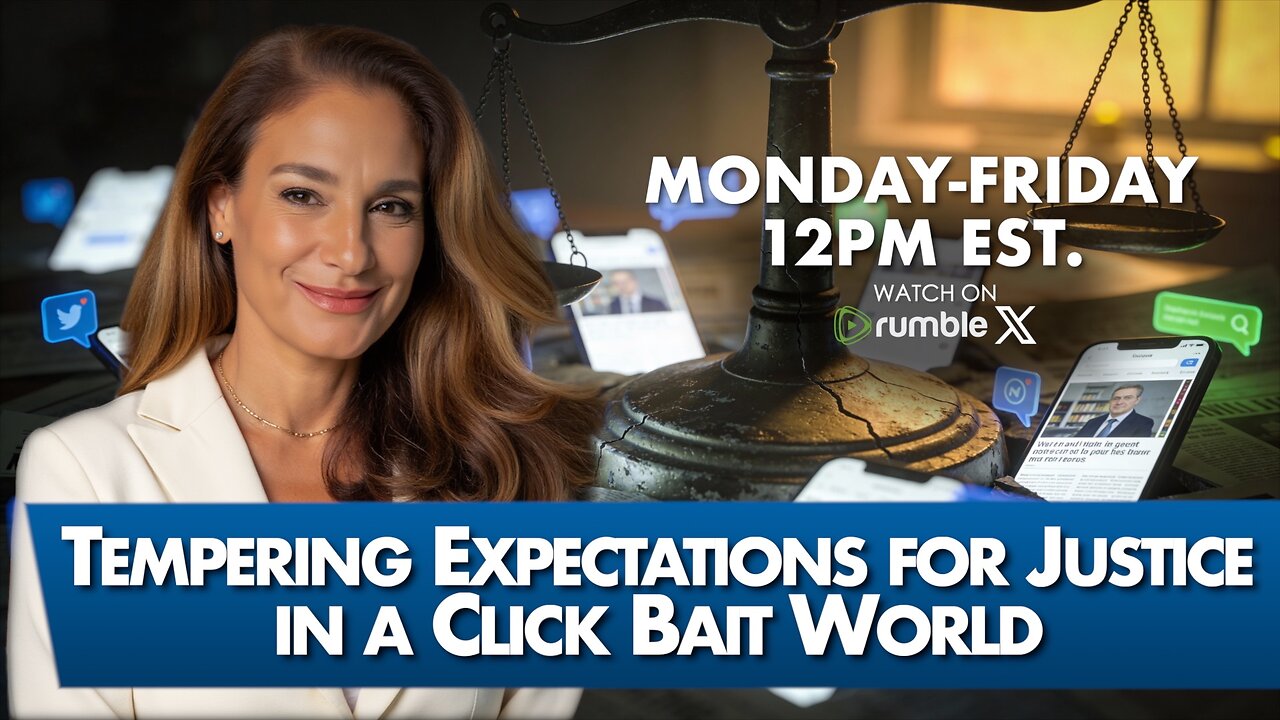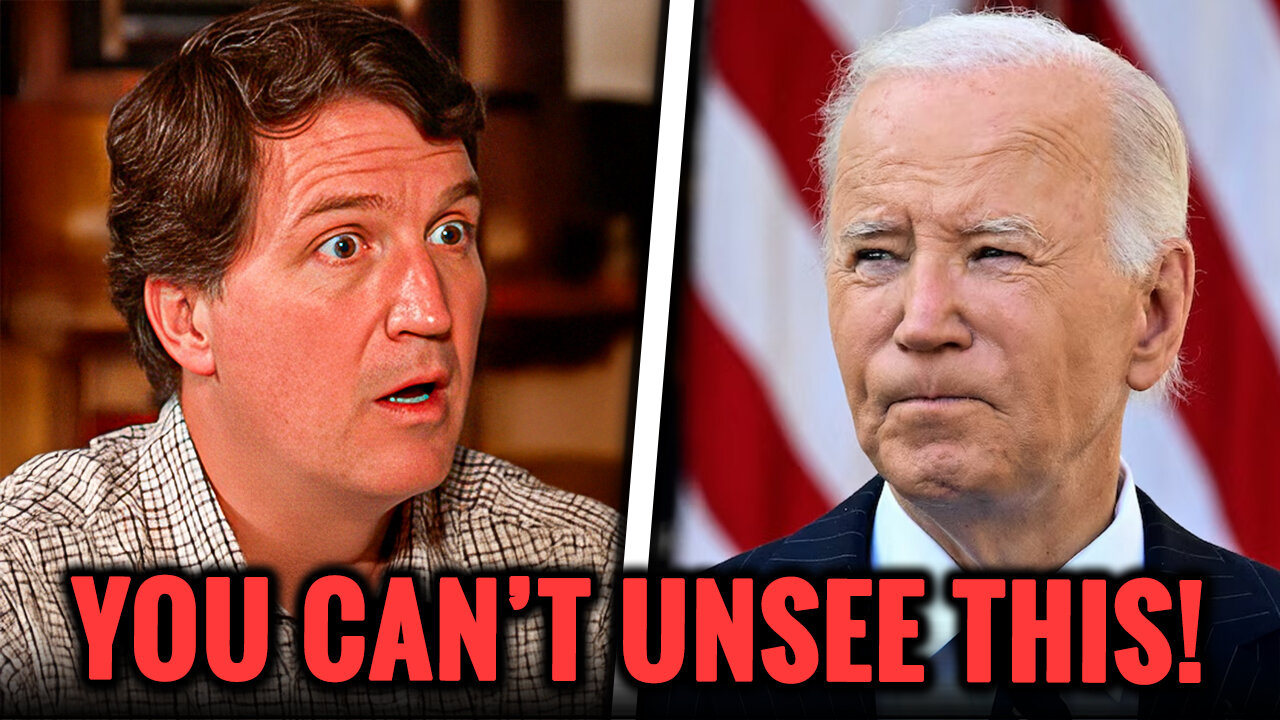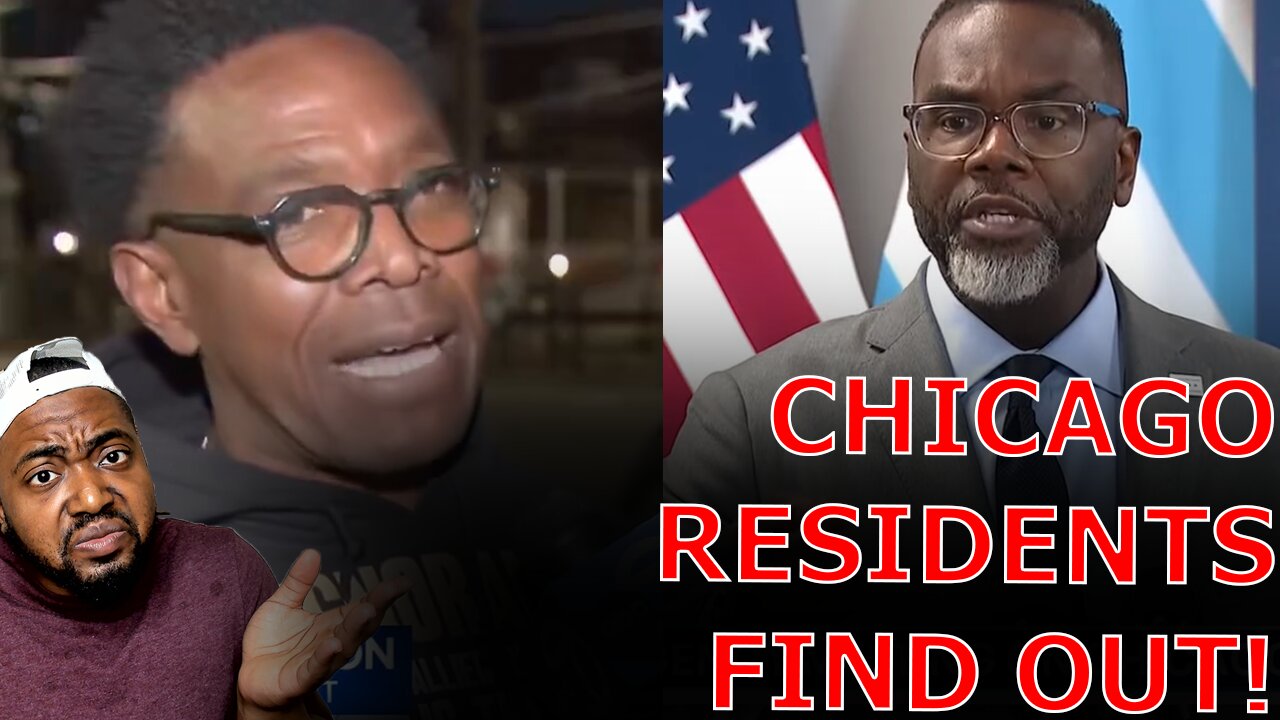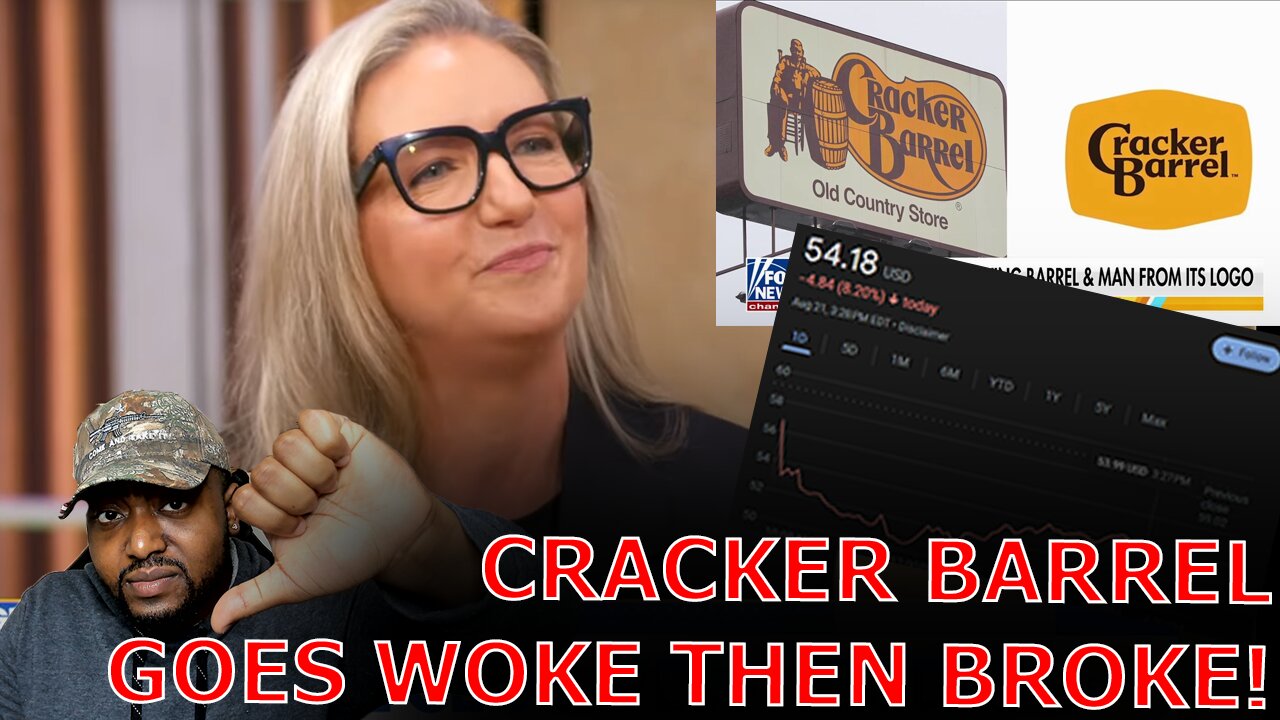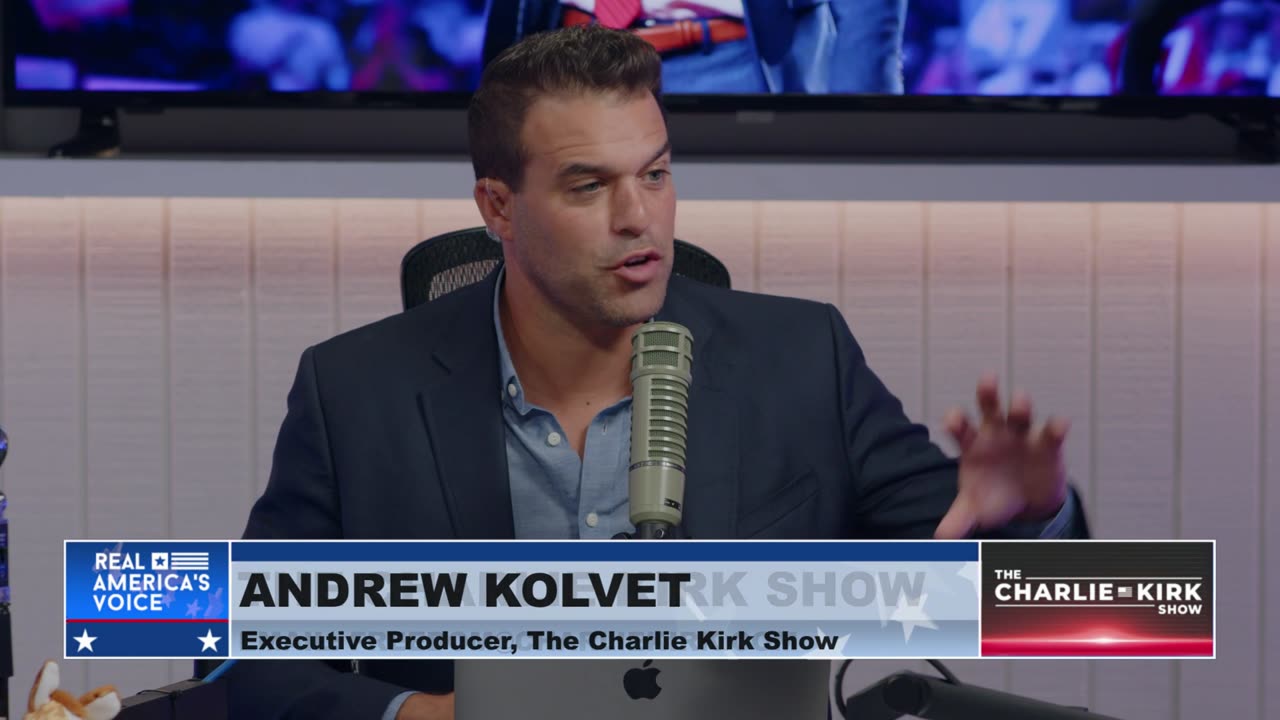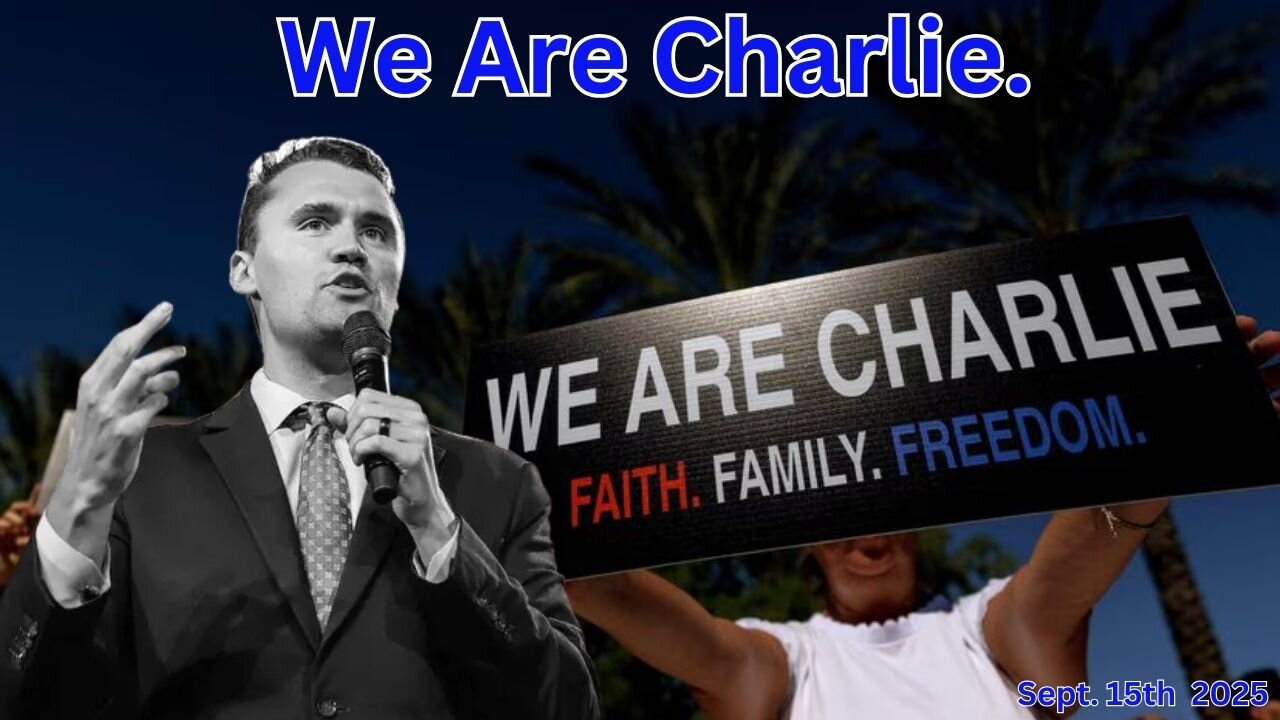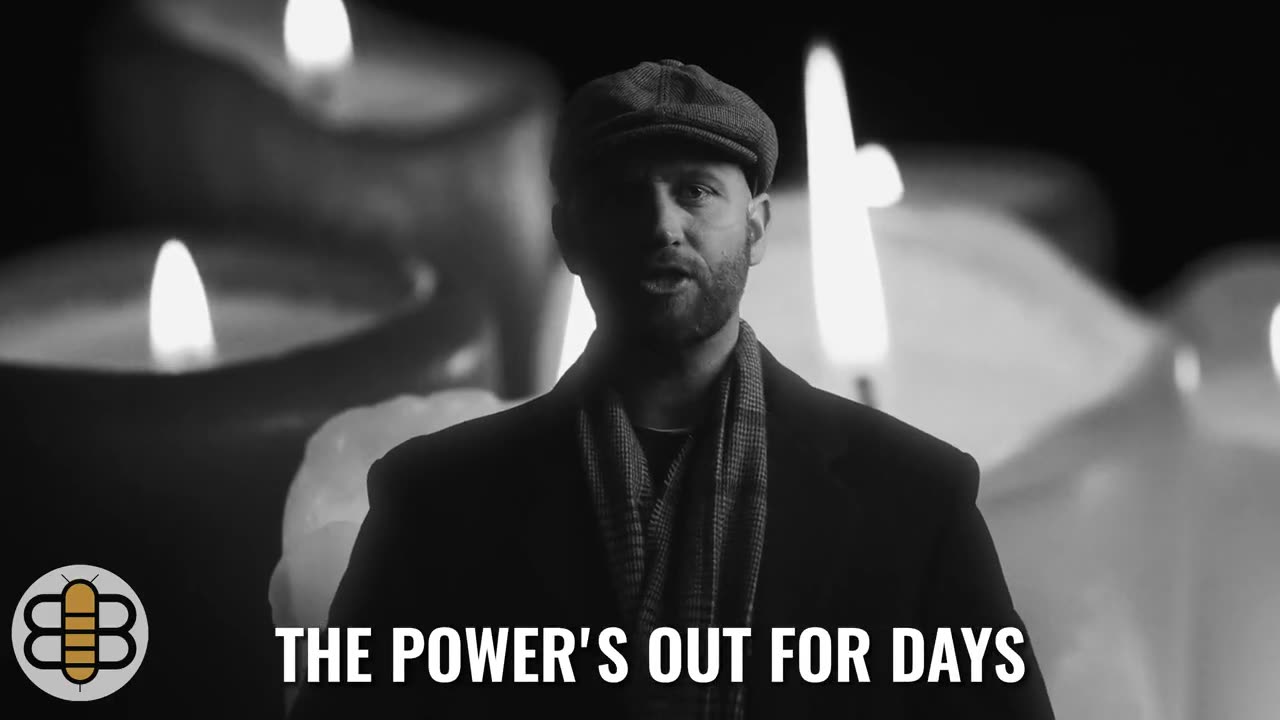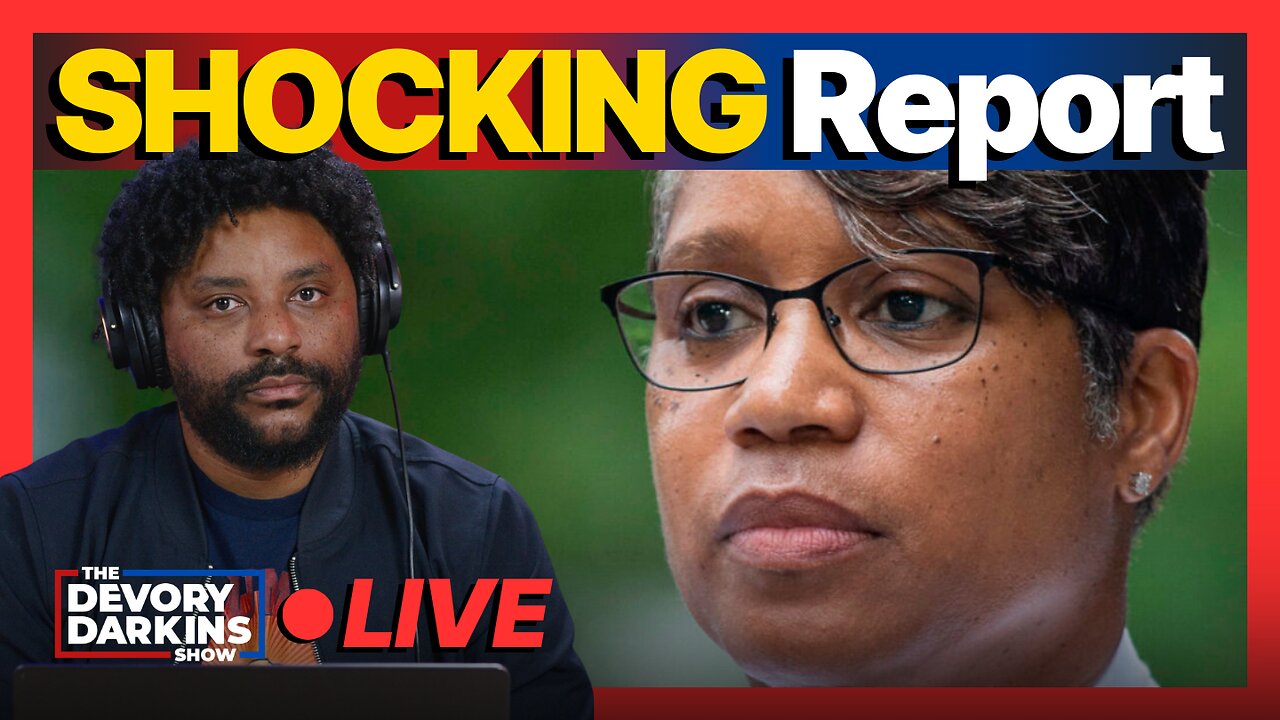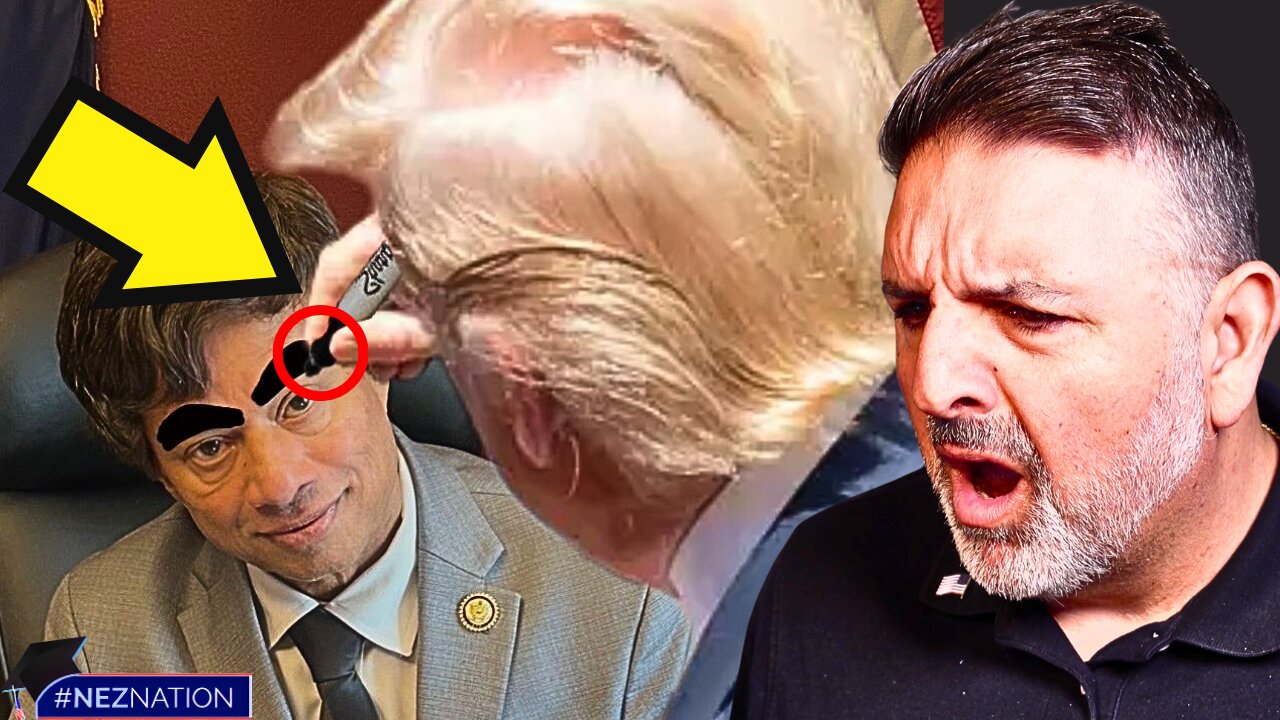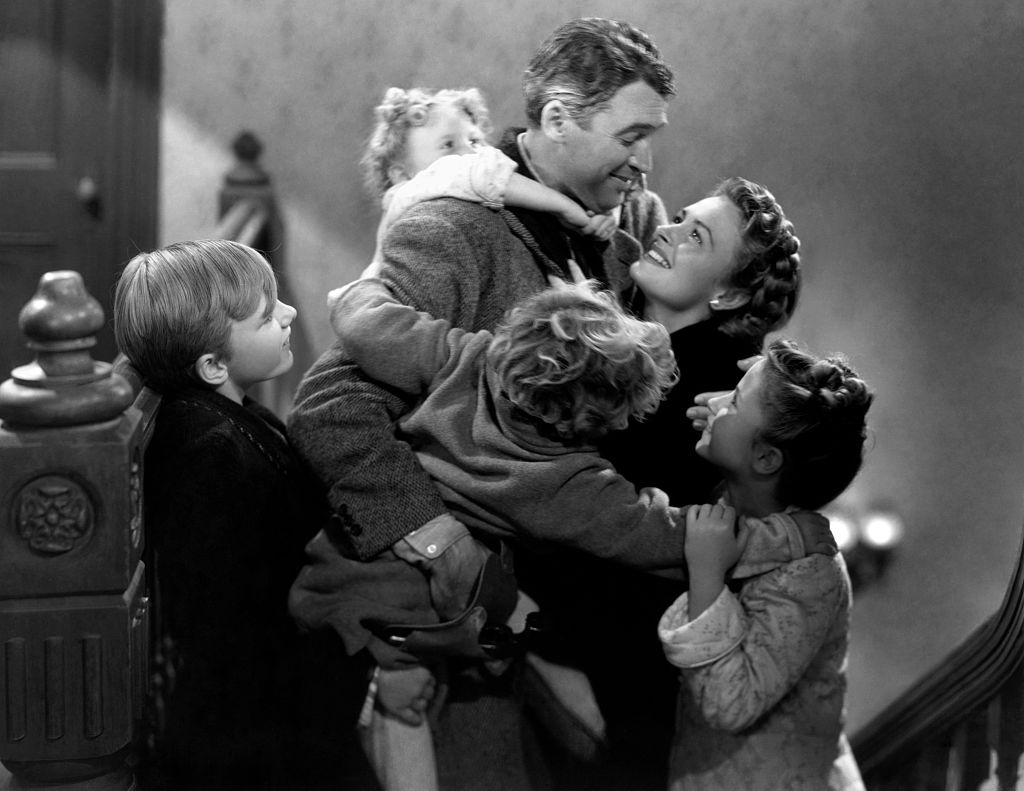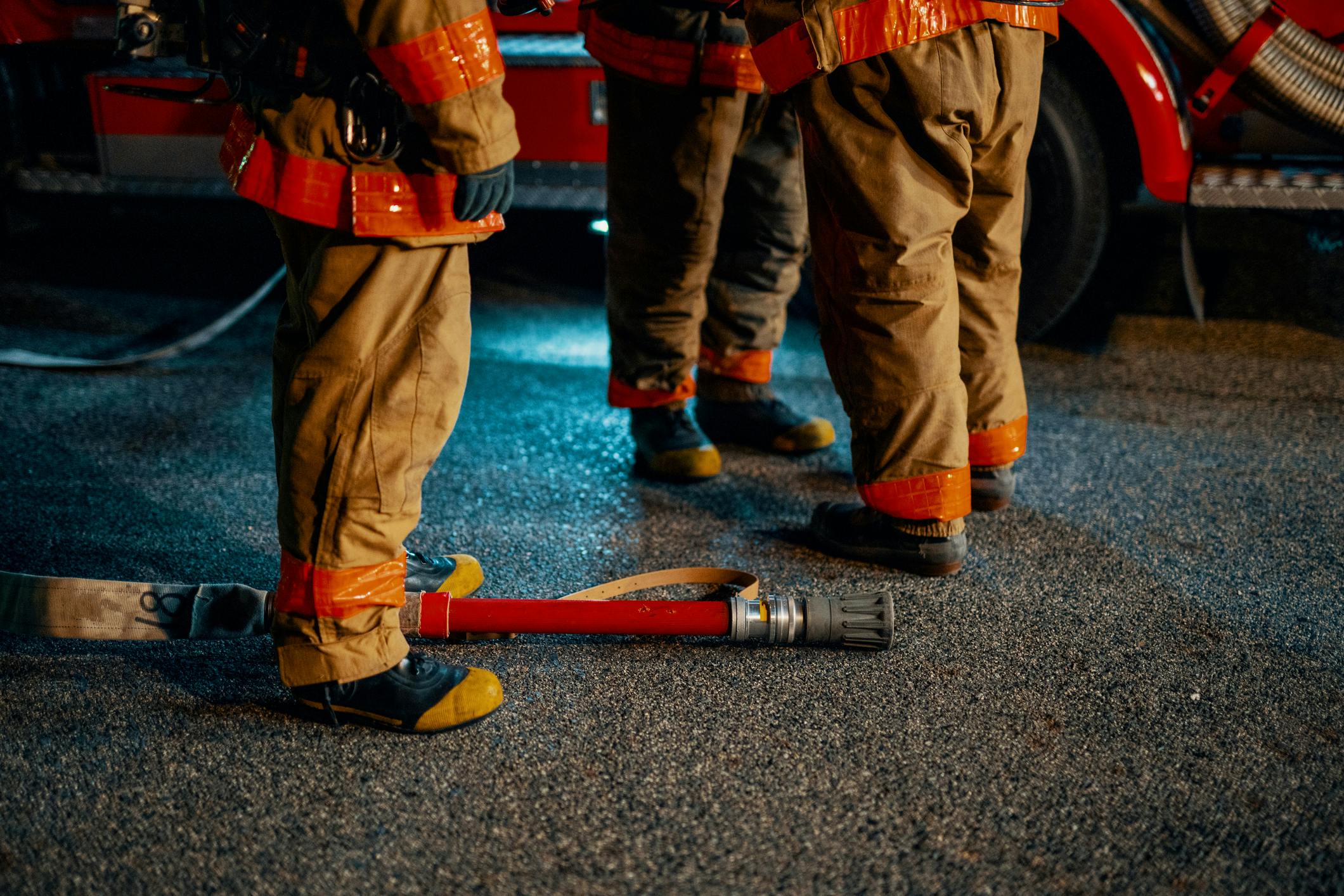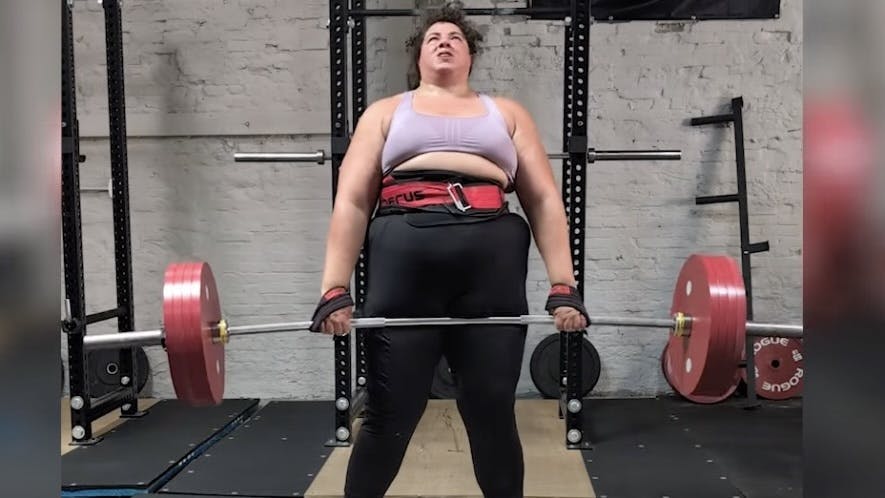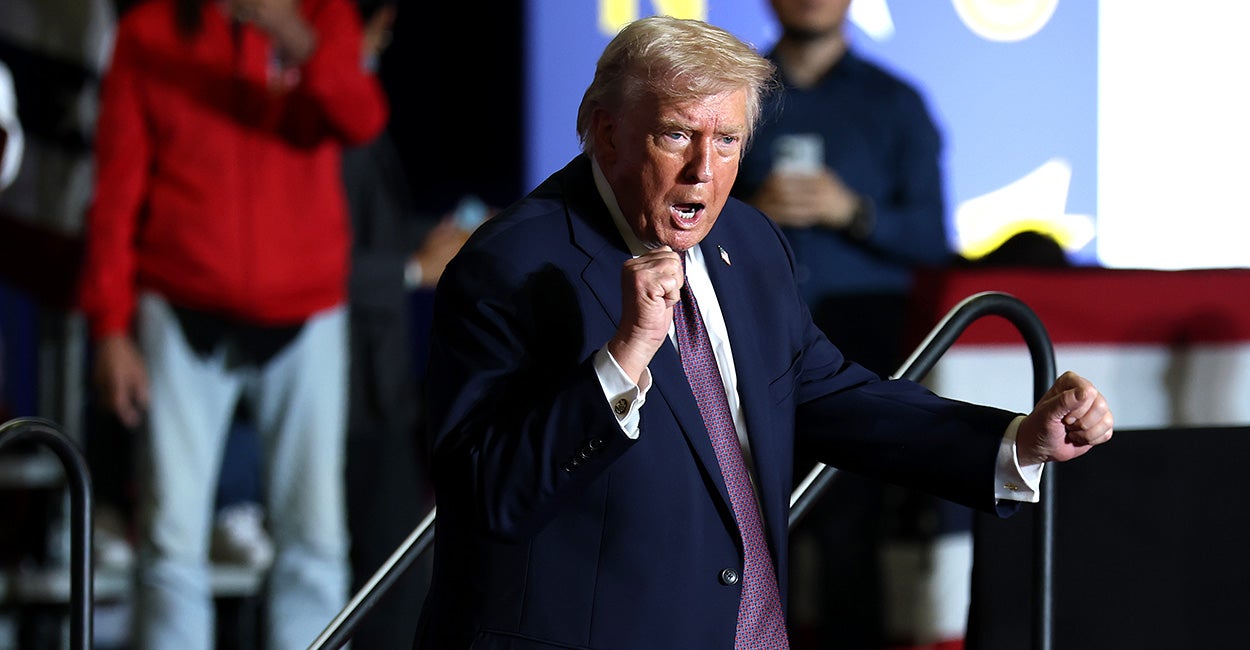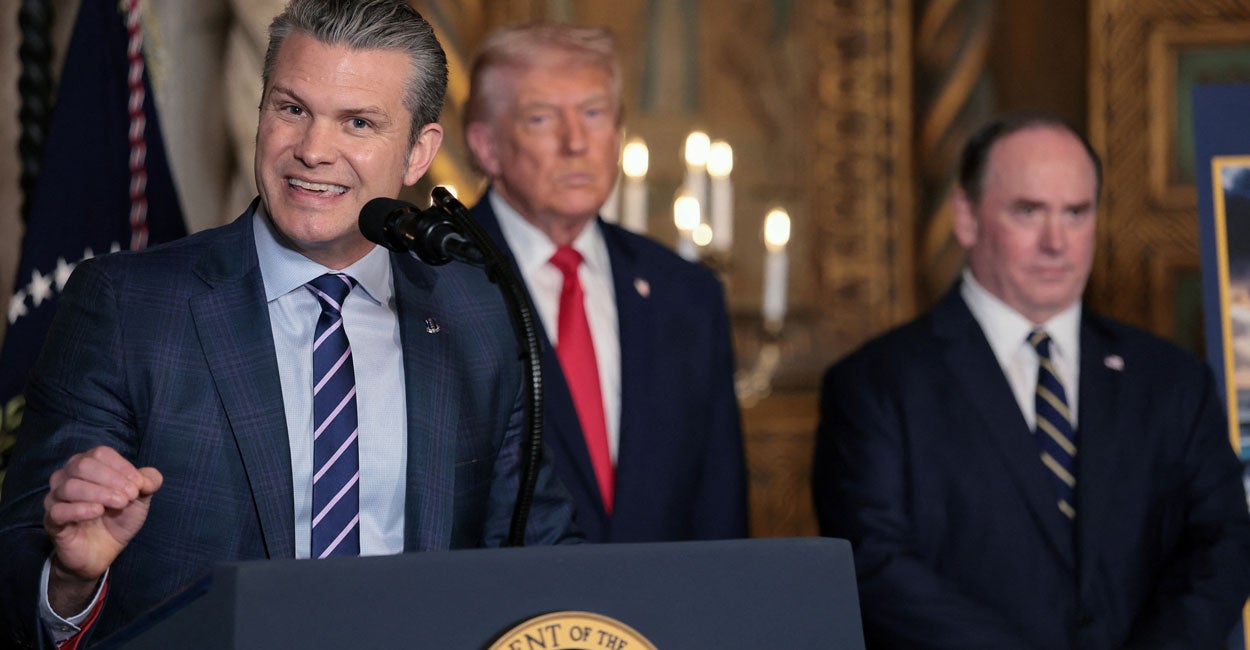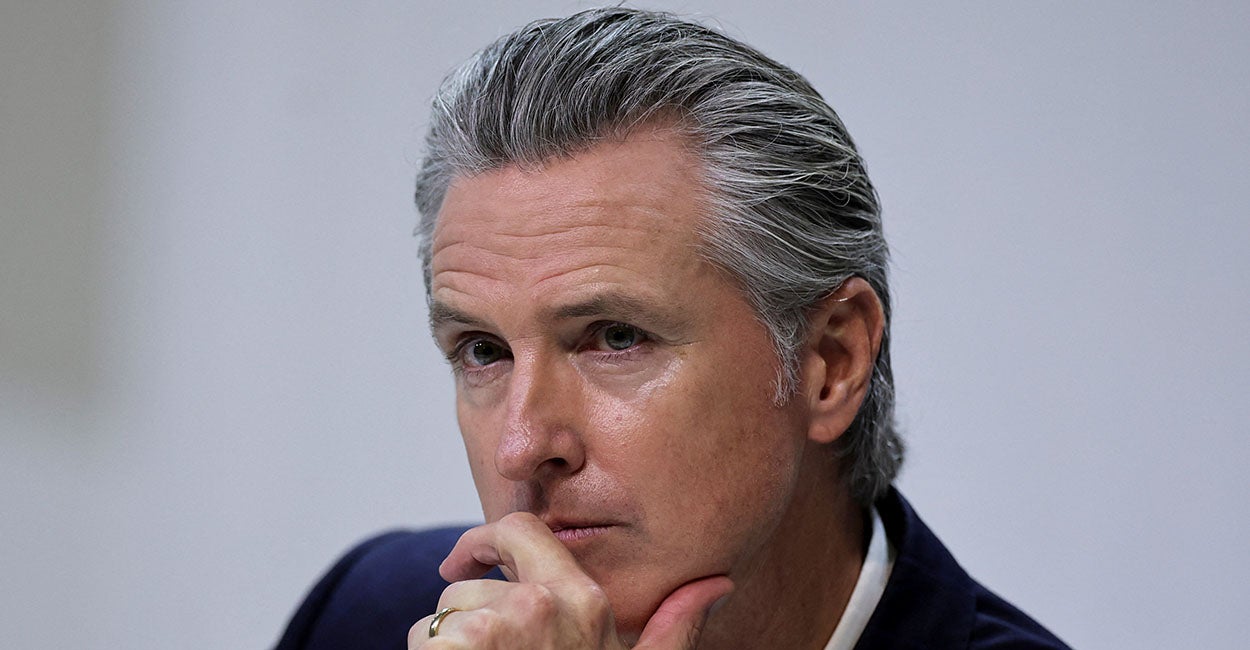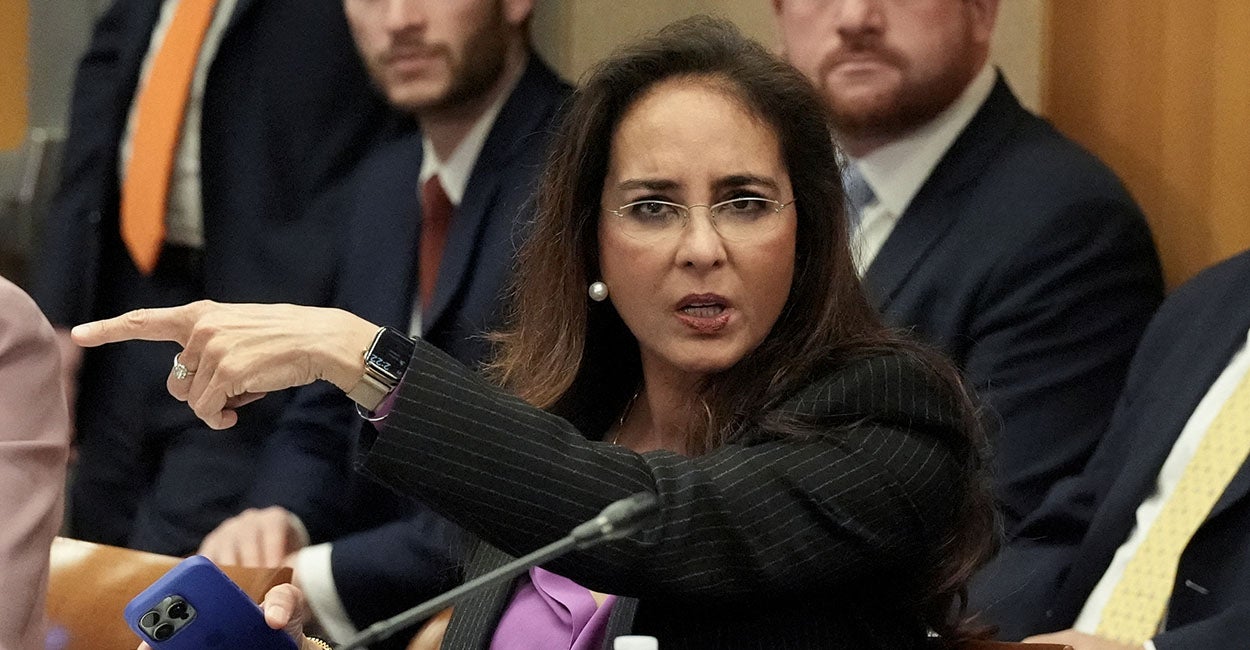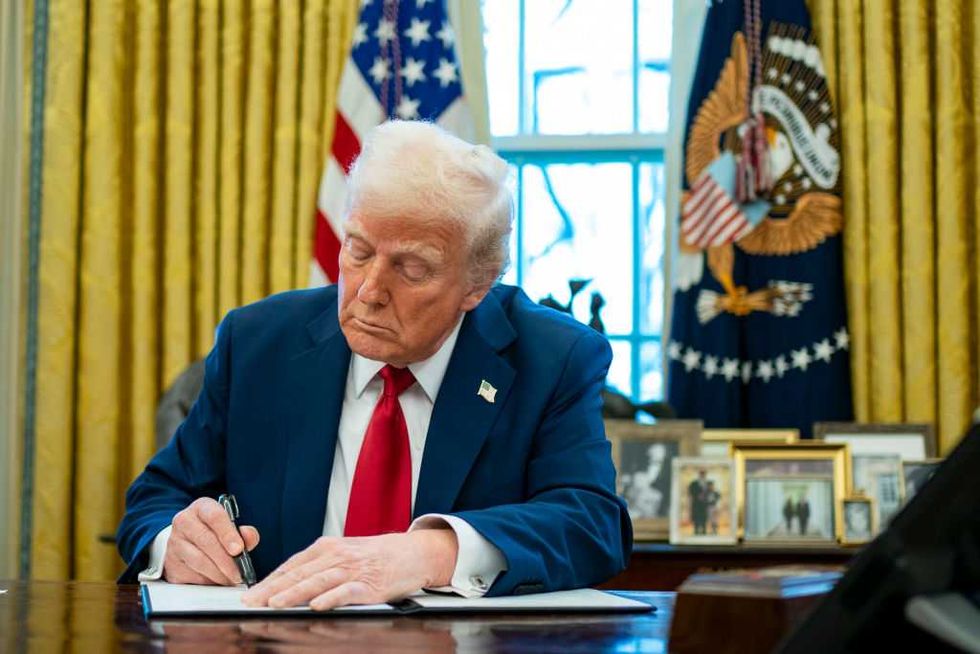Trump Acts to Provide Mental Health Care for Homeless
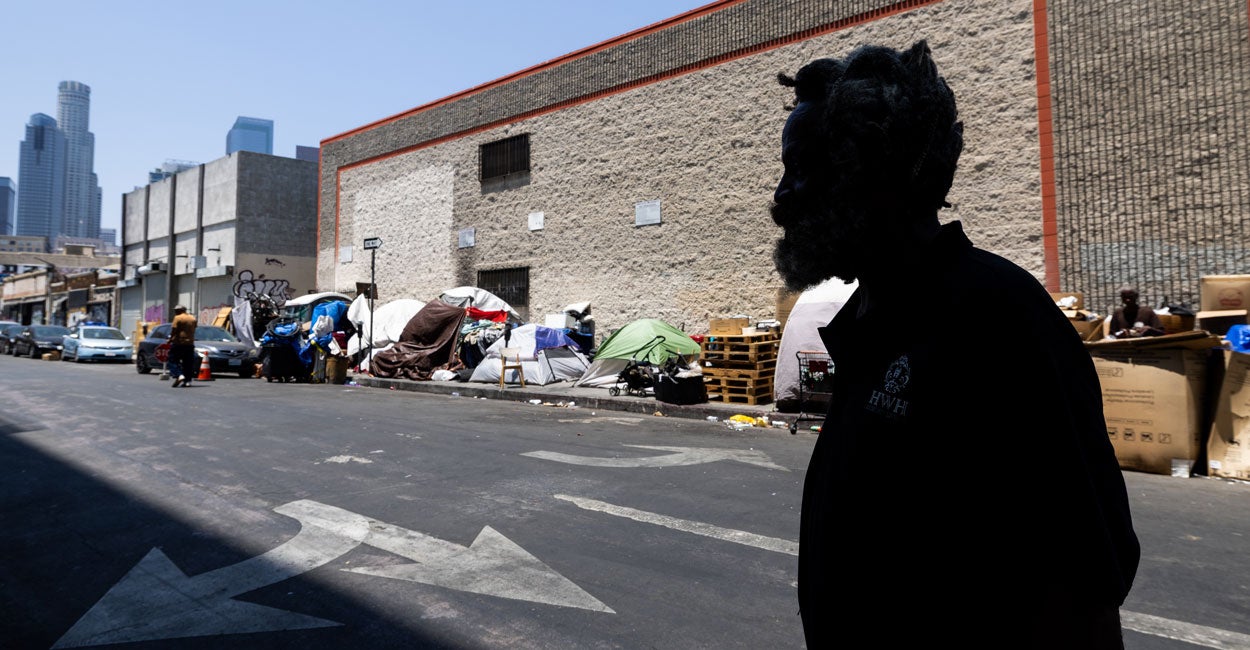
President Donald Trump on Thursday signed a powerful, compassionate executive order that will mandate the hospitalizations of homeless people suffering mental illness and addiction. The order will place suffering people into long-term mental health care institutions and restore public safety.
Live Your Best Retirement
Fun • Funds • Fitness • Freedom
“The Federal Government and the States have spent tens of billions of dollars on failed programs that address homelessness but not its root causes, leaving other citizens vulnerable to public safety threats,” Trump stated in his order. “Shifting homeless individuals into long-term institutional settings for humane treatment through the appropriate use of civil commitment will restore public order. Surrendering our cities and citizens to disorder and fear is neither compassionate to the homeless nor other citizens.”
Trump’s executive order reported the number of individuals living on the streets in the United States on a single night during the last year of the previous administration—274,224—was the highest ever recorded.
The Trump administration reported that nearly two-thirds of homeless individuals report having regularly used hard drugs like methamphetamines, cocaine, or opioids in their lifetimes and an equally large share of homeless individuals reported suffering from mental health conditions. The overwhelming majority of these individuals are addicted to drugs, have a mental health condition, or both.
“My Administration will take a new approach focused on protecting public safety,” Trump also stated in the order. Indeed, our president is. The road to hell is paved with good intentions. However well intentioned, America’s mental health policies in recent decades became too lax, erring on the side of civil liberties even while deeply suffering individuals desperately need care.
As I wrote last year for The Daily Signal, actions like Trump’s are very good news and a strong move of compassion for people who are suffering from mental illness emergencies. It will protect their future would-be victims. It will protect public safety and clean up our streets.
As the sister of two schizophrenic brothers and four siblings who have attempted suicide, it is far too difficult to forcibly contain someone who is deeply mentally ill so they get permanent care.
It wasn’t always this way. The Community Mental Health Act of 1963 brought watershed changes to mental health policy, seeking to treat patients in communities, homes, and outpatient facilities instead of residential, inpatient psychiatric hospitals. New York State began a deinstitutionalization effort in the 1970s to transition from large-scale institutions to smaller community centers.
This effectively emptied mental facilities with patients who then occupied prisons and the streets instead. Proof that good intentions don’t match outcomes.
The 1975 Supreme Court ruling in Rogers v. Okin (siding with the Mental Patients’ Liberation Front) established a patient’s right to refuse treatment. The same year, the Supreme Court’s O’Connor v. Donaldson ruling decreed states cannot confine a nondangerous individual who can survive on his own. Of course, who is “dangerous” and what constitutes “surviving” are subjective, leading to foul-smelling tent cities and lax criminal enforcement from the left-wing George Soros-funded local prosecutors nationwide.
This means people who are extremely vulnerable have their own cognizance to sign themselves out of a facility unless a family member or loved one gains custody of them.
This is what we saw in the tragic case of Jordan Neely, the man who was restrained on a New York subway by Marine veteran Daniel Penny. Neely, who had a long, violent criminal rap sheet, posed a significant risk to others on the train. But Neely should never have been on that train to begin with, and perhaps Trump’s executive order could have saved his life.
Neely could have been my brother. Both were diagnosed with severe schizophrenia, both with violent criminal histories assaulting seniors, and both forcibly, temporarily hospitalized at Bellevue Hospital—New York City’s flagship hospital for the mentally ill.
The stark difference: My mother and I proactively fought the legal battle for guardianship of my brother to keep him off the streets—away from harm to himself or others. Because we chose to take a stand for him, my brother is safe and alive.
Neely’s case provides clear solutions that Trump is bringing: To keep vulnerable mental health patients safe and alive, our leaders must reverse our ill-advised policies around deinstitutionalization.
In the meantime, we must love our mentally ill family members and fight for their lives. And this fight is now more likely to be victorious thanks to leadership from the president.
We publish a variety of perspectives. Nothing written here is to be construed as representing the views of The Daily Signal.
The post Trump Acts to Provide Mental Health Care for Homeless appeared first on The Daily Signal.
Originally Published at Daily Wire, Daily Signal, or The Blaze
What's Your Reaction?
 Like
0
Like
0
 Dislike
0
Dislike
0
 Love
0
Love
0
 Funny
0
Funny
0
 Angry
0
Angry
0
 Sad
0
Sad
0
 Wow
0
Wow
0





